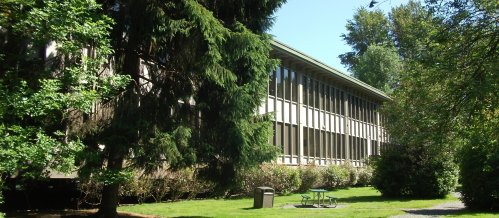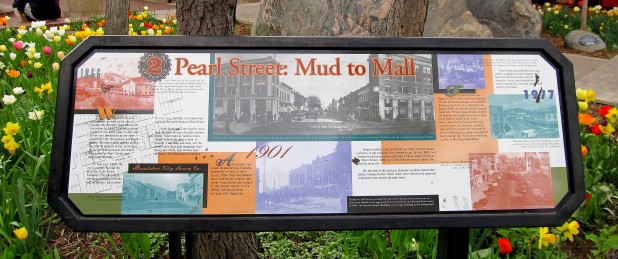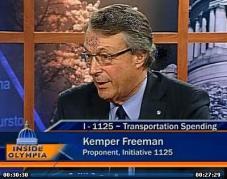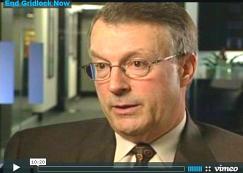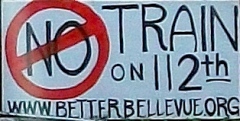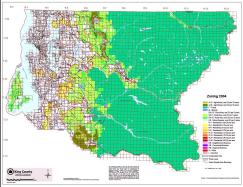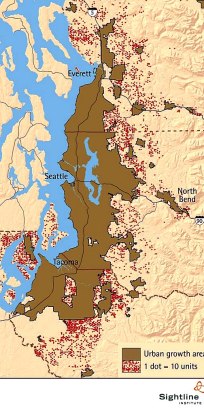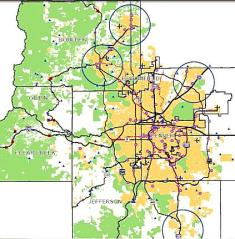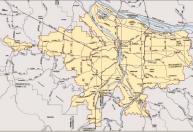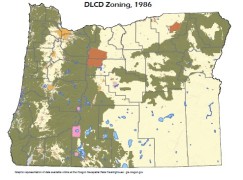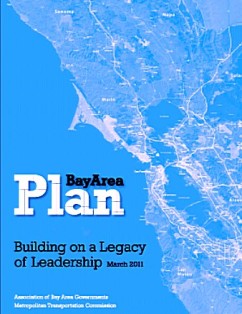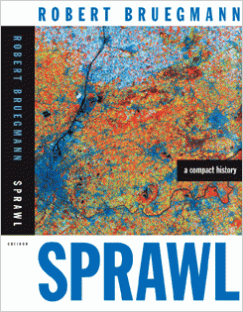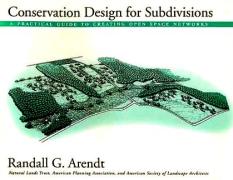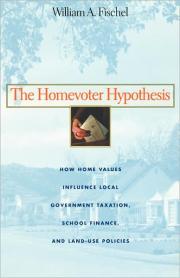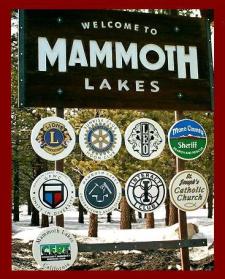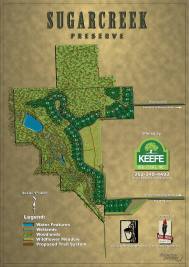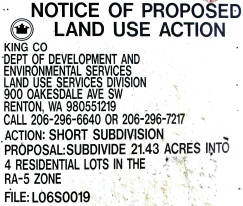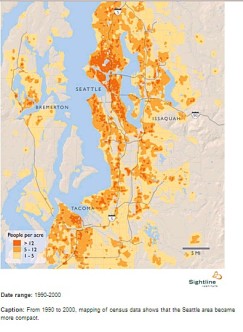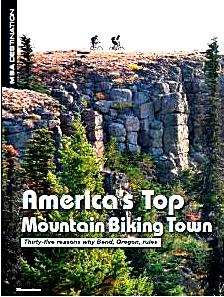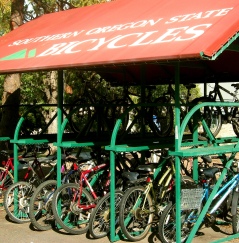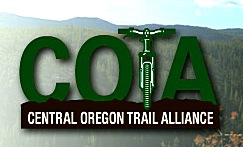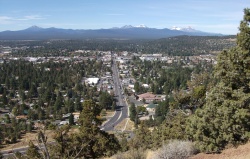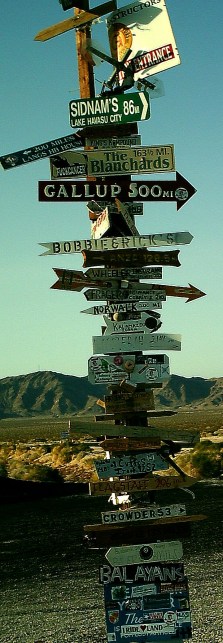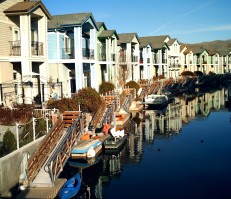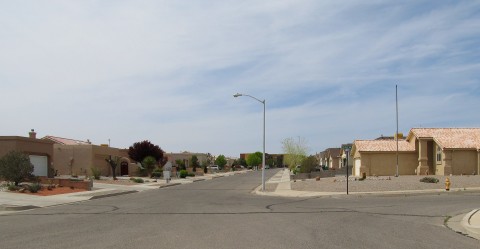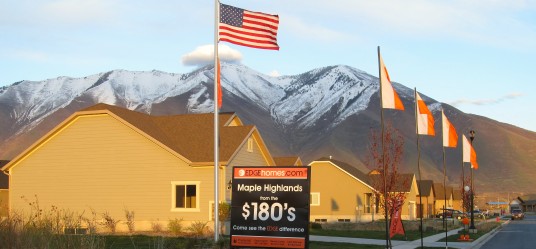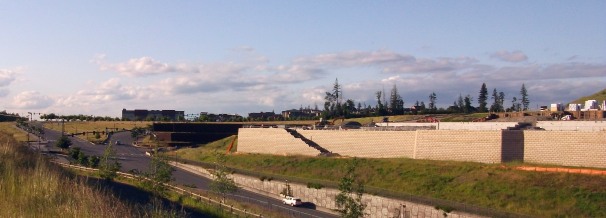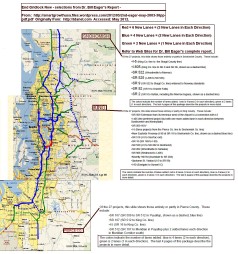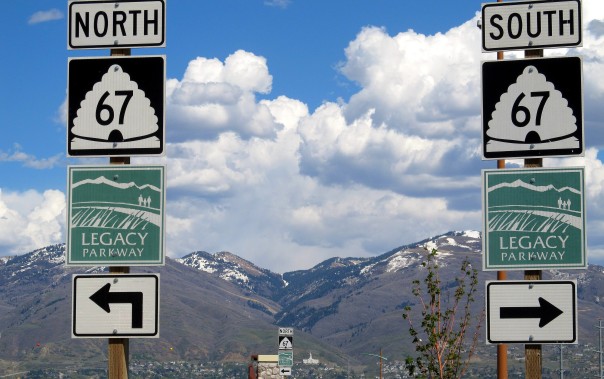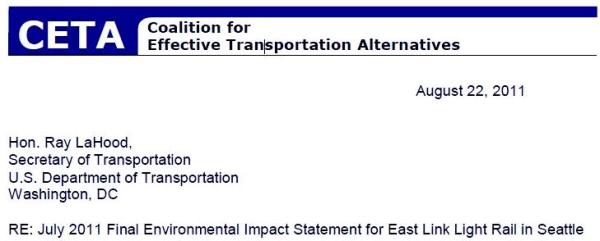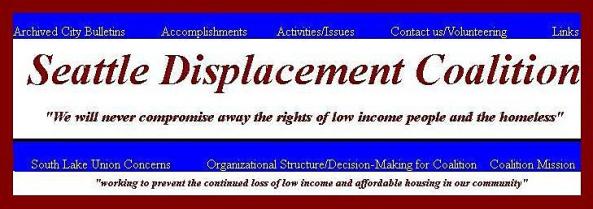"Smart Growth" and "New Urbanism" Compared with "Large Lot Zoning" (Tom Lane) [ Home Page – Click Here]
(May 17, 2017) – Traditional "Large Lot Zoning" is "Greener" than "Smart Growth" within Urban Growth Boundaries . . . Copyright 2009 – 2017 . . . Tom Lane . . . Photographing California, Arizona, Nevada, New Mexico, Colorado, Utah, Oregon, and Seattle, Washington.
Martin Harris, Oregon DLCD
(June 18, 2012, Tom Lane) [Under Revision] Martin Harris is an architect and former farmer, and opposes smart growth in his numerous writings. Martin Harris advocates large lot zoning with vegetable gardens, instead of high density smart growth neighborhoods. His writings challenge status quo urban planners, who believe that high density zoning, with smart growth townhomes and community gardens, are the best approach.
Indeed, Martin Harris agrees with Frank Lloyd Wright, who advocated large lots of an acre or more, with vegetable gardens. Harris’ article on Wright is a must-read – “Could Large Lot Zoning become Socially Acceptable?” –
http://www.truenorthradio.com/editorials/editorial_04_07c_09.shtml
Martin Harris is also critical of the Oregon Department of Land Conservation and Development (DLCD) and its associate Land Conservation and Development Commission (LCDC). Under DLCD rules, you must make a minimum of $80,000 in order to live on your farmland. This is impractical, since most farmers barely make it. See the .PDF rules below from the Oregon DLCD.
His writings appear at several web sites, as outlined below:
1. True North Radio of Vermont, the Old Web Site –
The Old Web Site does not include a search function. Therefore, this is the Google link, using key words – [ “Martin Harris” + “True North Radio” ] Perhaps there are other combinations that will bring up additional columns?
This is the entire google address, as of June 15, 2012. As with all web sites that include google rankings, the articles from this address are subject to change.
2. True North Radio, the NEW Web Site –
* FIND the GOOGLE SEARCH tab on the right side of the screen, and search “Martin Harris” to find articles from 2011 to 2012. Searching under “smart growth” will also work, yet this will display less articles. The OLD web site has articles before 2011.
http://www.truenorthreports.com/
3. Martin Harris WordPress Blog –
http://martinharrissays.wordpress.com/about/
4. Martin Harris in Farming Magazine –
http://www.farmingmagazine.com/search.aspx
* FIND the GOOGLE SEARCH tab on the right side of the screen, and search “Martin Harris” to find articles from 2011 to 2012. Searching under “smart growth” will also work, yet this will display less articles.
5. Martin Harris in Joel Kotkin’s New Geography –
http://www.newgeography.com/users/martin-harris
6. Martin Harris in Growing Magazine –
http://www.growingmagazine.com/print-1782.aspx

From: http://www.oregon.gov/LCD/docs/publications/ruralincome.pdf?ga=t Accessed: June 16, 2012
To View the above .PDF from the State of Oregon, Click Here –
https://smartgrowthusa.files.wordpress.com/2012/06/oregon-rural-income.pdf
Martin Harris Criticism of the Oregon Growth Management Act
The Oregon Growth Management Act, adjudicated under the Department of Land Conservation and Development (DLCD) and the LCDC (Land Conservation and Development Commission). DLCD requires that one must make $80,000 a year to live on their own farmland (see .PDF below). Many farms are a minimum of 80 acres in size. These rules were originally established to prevent residents of Portland from purchasing vacation properties on “farmland” in the Willamette Valley, stretching 150 miles between Portland and Eugene.
However, many people including Martin Harris have told me that they are critical of this requirement, since it essentially tells people to not build anywhere. And, it has also resulted in rural gentrification (poverty, run down conditions) in some areas of rural Oregon. Yet rural unemployed Oregonians cannot easily escape into the cities such as Portland where the jobs are, since housing prices are elevated due to the Growth Management Act.
Large areas of Southern Oregon (south of the Willamette Valley), are perhaps the most productive in the state for vegetable crops due to the warm summers, yet they are off limits to farmers making less than $80,000 a year. Areas near Ashland and Medford, including the fertile Applegate Valley, support warm growing seasons, with highs in the 80’s and 90’s, from June to September. It is a tragedy that the farmland is expensive and only available for the very rich.
In the 1960’s, before the growth management act, Southern Oregon and the Willamette Valley were places with cheap land, and hippies came up from Marin County and the Bay Area. Today, due to land inflation due to the Growth Management Act and Urban Growth Boundaries, these hippies sometims sell their land for huge profits.
However, the only people who can move to Oregon in 2012 are those who have sold $500,000 modest homes in the Bay Area. Otherwise, it’s impossible to move to Ashland, Eugene, or Corvallis, unless you plan to rent a smart growth townhome. And, many young folks, including Bohemians who like organic farming, moving to Oregon rent larger, older homes together with friends, until they can afford to purchase a smart growth property.
Unfortunately, Eugene, Corvallis, and Ashland, Oregon are three of the most expensive cities in the state, except for renters. Bend, Oregon is less expensive, but that’s only due to the crash of their housing market from a very tight urban growth boundary, along with no substitute markets that could ameliorate the exceptional land inflation resulting from high real estate demand present in Bend.
However, DLCD has zoned Pinyon-Juniper scrubland, with sagebrush, as farmland around Bend. Therefore, presumably, it is subject to the same rules as the Willamette Valey. This land isn’t really farmland at all, given that the soil consists of lava rocks and cinders from nearby volcanoes, and the growing season is only 60 days (at 4000 feet on the high desert in Central Oregon). Therefore, this designation sends a message to not build anything outside of the Bend Urban Growth Boundary. Overall, Oregon is perhaps the most anti-growth state in the Western US.
Read this post from Randall O’Toole about the Oregon DLCD and LCDC: http://www.ti.org/orlup.html
Oregon Hasn’t Changed its DLCD Zoning Map since 1986
http://www.oregon.gov/DAS/EISPD/GEO/data/images/zoning.pdf?ga=t
There are no references to what the categories on this map refer to.
How to Speak Out Against the DLCD
Since the Democrats in Oregon on the DLCD control everything from Salem and Portland, yet most counties are strongly Republican (with a few non-partisan, “Bohemian” farmers, scattered in the Conservative counties), then who can stand up for those who wish to farm their land?
Obviously, it will take a paradigm shift to knock the Democrats out of control, and abolish the DLCD. Otherwise, it’s not worth trying to fight with the establishment in Oregon, which is arguably the most politically divided state in the nation between the far right, and the far left.
Independent thought is not encouraged or welcomed in the state, and debate is never allowed. City Councilors and DLCD Officials refuse to return emails, since they expect that all Oregonians must pledge allegiance to to the Democrats on the DLCD commission, and try to work with them, yet it is impossible to convince them to ever change the rules and allow small organic farms on less than 80 acres.
80 acre minimums are ridiculous, and remind me of the 35 acre minimums that were once proposed for Durango, Colorado, and the 5 acre minimums in the Seattle area. If we are going to succeed as a nation, we must allow organic farms for young people.
Thomas Jefferson would be Opposed to the Oregon Growth Management Act
Indeed, it was Thomas Jefferson who defended property owners and small farmers. Here’s a portion of his letter to James Madison; the entire text appears at the end of this web page.
“But after all these comes the most numerous of all the classes, that is, the poor who cannot find work. I asked myself what could be the reason that so many should be permitted to beg who are willing to work, in a country where there is a very considerable proportion of uncultivated lands?
It is too soon yet in our country to say that every man who cannot find employment but who can find uncultivated land, shall be at liberty to cultivate it, paying a moderate rent. But it is not too soon to provide by every possible means that as few as possible shall be without a little portion of land. The small landholders are the most precious part of a state.”
From: The Founders’ Constitution
Volume 1, Chapter 15, Document 32
http://press-pubs.uchicago.edu/founders/documents/v1ch15s32.html
The University of Chicago Press
Editorial Supporting Oregon Community Supported Agriculture from Karla Kay Edwards of the Cascade Policy Institute
$80,000 to Live on your Own Farm?
Karla Kay Edwards, Cascade Policy Institute
http://naturalresourcereport.com/2009/12/80000-to-live-on-your-own-farm/
Oregon is a leader in the “buy local food” movement, and buying fresh produce from local farmers’ markets and community supported agriculture (CSA) could become an even stronger trend in our state. People not only want to know where their food is coming from, but they also like the fact that they are supporting the local rural economy.
Unfortunately, Oregon’s onerous land-use regulations stand in our farmers’ way. Oregon has an arbitrary rule requiring a piece of property zoned as high-value farmland to generate $80,000 in annual sales before a dwelling can be built for the farmer. More than 83% of all farms in Oregon generate less than $50,000 in sales annually.
Many farmers participating in farmers’ markets and CSA are small farmers who often have off-farm jobs in addition to farming. They produce perishable commodities like tomatoes and strawberries that must be watered and harvested daily, so it is an extreme burden on them and their families if they are not allowed to live on the property they farm. This hardship often results in farmers deciding to let the land sit fallow.
Oregonians need to demand that this $80,000 rule be repealed. People should have the right to live on the land they own and the opportunity to generate income for themselves and commerce for their local communities.
Oregon Farmland – Photos

Beyond the high density homes in Ashland, Oregon, you can see trucks on I-5 (CLICK IMAGE to zoom in) with large estates in the distance, beyond the urban growth boundary. These cannot be subdivided and some are worth millions.

Estates including this vineyard in Ashland’s south valley cannot be subdivided to smaller organic farms.

There has been very little development in the Applegate Valley west of Ashland and Medford. However, everyone would love to have a 1 acre farm in this area if it was affordable. Yet 80 acre parcels are not affordable when you can’t make $80,000 a year, the State of Oregon DLCD minimum requirement. Frank Lloyd Wright would turn in his grave !

Corvallis, Oregon with native oaks in the Willamette Valley in the fall. This is outside the urban growth boundary yet the land cannot be subdivided for small organic farms.

Two juniper specimens east of Bend, Oregon in land classified as “farmland.” Presumably, this juniper-sagebrush scrub meets the same rules as everywhere else, and must be sold in 80 acre parcels instead of 1 acre farms or vacation homes.
Entire Text: Thomas Jefferson to James Madison
28 Oct. 1785Papers 8:681–82
Seven o’clock, and retired to my fireside, I have determined to enter into conversation with you; this [Fontainebleau] is a village of about 5,000 inhabitants when the court is not here and 20,000 when they are, occupying a valley thro’ which runs a brook, and on each side of it a ridge of small mountains most of which are naked rock. The king comes here in the fall always, to hunt. His court attend him, as do also the foreign diplomatic corps. But as this is not indispensably required, and my finances do not admit the expence of a continued residence here, I propose to come occasionally to attend the king’s levees, returning again to Paris, distant 40 miles. This being the first trip, I set out yesterday morning to take a view of the place. For this purpose I shaped my course towards the highest of the mountains in sight, to the top of which was about a league. As soon as I had got clear of the town I fell in with a poor woman walking at the same rate with myself and going the same course. Wishing to know the condition of the labouring poor I entered into conversation with her, which I began by enquiries for the path which would lead me into the mountain: and thence proceeded to enquiries into her vocation, condition and circumstance. She told me she was a day labourer, at 8. sous or 4 d. sterling the day; that she had two children to maintain, and to pay a rent of 30 livres for her house (which would consume the hire of 75 days), that often she could get no emploiment, and of course was without bread. As we had walked together near a mile and she had so far served me as a guide, I gave her, on parting 24 sous. She burst into tears of a gratitude which I could perceive was unfeigned, because she was unable to utter a word. She had probably never before received so great an aid. This little attendrissement, with the solitude of my walk led me into a train of reflections on that unequal division of property which occasions the numberless instances of wretchedness which I had observed in this country and is to be observed all over Europe. The property of this country is absolutely concentered in a very few hands, having revenues of from half a million of guineas a year downwards. These employ the flower of the country as servants, some of them having as many as 200 domestics, not labouring. They employ also a great number of manufacturers, and tradesmen, and lastly the class of labouring husbandmen. But after all these comes the most numerous of all the classes, that is, the poor who cannot find work. I asked myself what could be the reason that so many should be permitted to beg who are willing to work, in a country where there is a very considerable proportion of uncultivated lands? These lands are kept idle mostly for the aske of game. It should seem then that it must be because of the enormous wealth of the proprietors which places them above attention to the increase of their revenues by permitting these lands to be laboured. I am conscious that an equal division of property is impracticable. But the consequences of this enormous inequality producing so much misery to the bulk of mankind, legislators cannot invent too many devices for subdividing property, only taking care to let their subdivisions go hand in hand with the natural affections of the human mind. The descent of property of every kind therefore to all the children, or to all the brothers and sisters, or other relations in equal degree is a politic measure, and a practicable one. Another means of silently lessening the inequality of property is to exempt all from taxation below a certain point, and to tax the higher portions of property in geometrical progression as they rise. Whenever there is in any country, uncultivated lands and unemployed poor, it is clear that the laws of property have been so far extended as to violate natural right. The earth is given as a common stock for man to labour and live on. If, for the encouragement of industry we allow it to be appropriated, we must take care that other employment be furnished to those excluded from the appropriation. If we do not the fundamental right to labour the earth returns to the unemployed. It is too soon yet in our country to say that every man who cannot find employment but who can find uncultivated land, shall be at liberty to cultivate it, paying a moderate rent. But it is not too soon to provide by every possible means that as few as possible shall be without a little portion of land. The small landholders are the most precious part of a state.
From: The Founders’ Constitution
Volume 1, Chapter 15, Document 32
http://press-pubs.uchicago.edu/founders/documents/v1ch15s32.html
The University of Chicago Press
The Papers of Thomas Jefferson. Edited by Julian P. Boyd et al. Princeton: Princeton University Press, 1950–.

![dlcd-zoning-1986[1]](https://smartgrowthusa.files.wordpress.com/2012/06/dlcd-zoning-19861.jpg?w=547)

